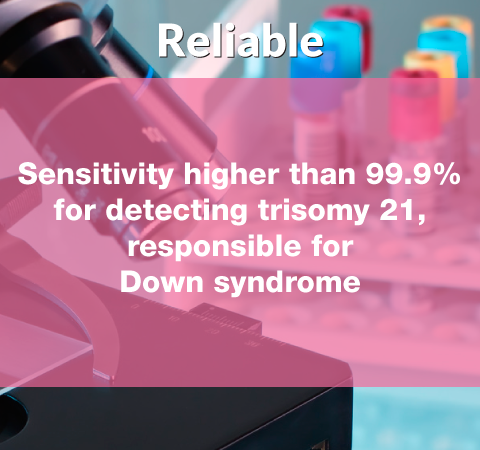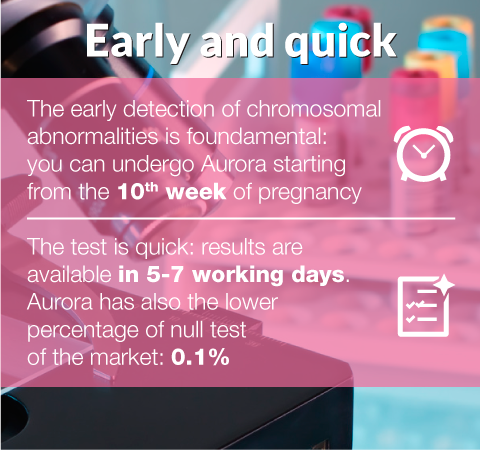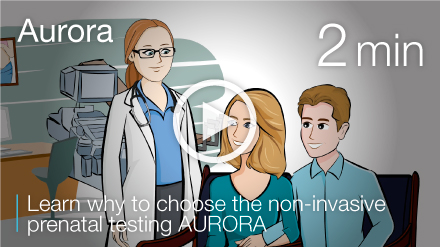A study by the Center for Neuroscience and Synaptic Technologies of the Italian Institute of Technology (IIT) shows a new possible genetic cause of epilepsy. The researchers used stem cells from some patients to get sick neurons. They could thus observe the development of the disease and its causes.
The researchers started from induced pluripotent stem cells of some subjects with epilepsy. Starting from these, they developed neurons with the same genetic heritage as donors. In this way they were able to analyze the behaviors of diseased neurons. They also identified the genetic abnormalities that all patients have in common.
During the study, scientists recorded all the development of diseased neurons. They have observed electrical activities and have retraced the mechanisms underlying the disease. All operations impossible to perform in vivo, especially when talking about cells of the nervous system. At a later time, they focused on the genetic characteristics of neurons.
Diseased neurons showed a series of mutations of the Prrt2 gene. The anomalies identified provoke a malfunction of the gene, with consequent inactivation of the homonymous protein for which the gene encodes. This makes neurons more excitable than the average, which in turn causes headaches, dyskinesias and epileptic fits.
The research was published in the journal Brain and demonstrates once again the great potential of cellular reprogramming. Just a few cells of the patient are enough to identify the possible genetic causes of a disease.
Source: ansa.it
















